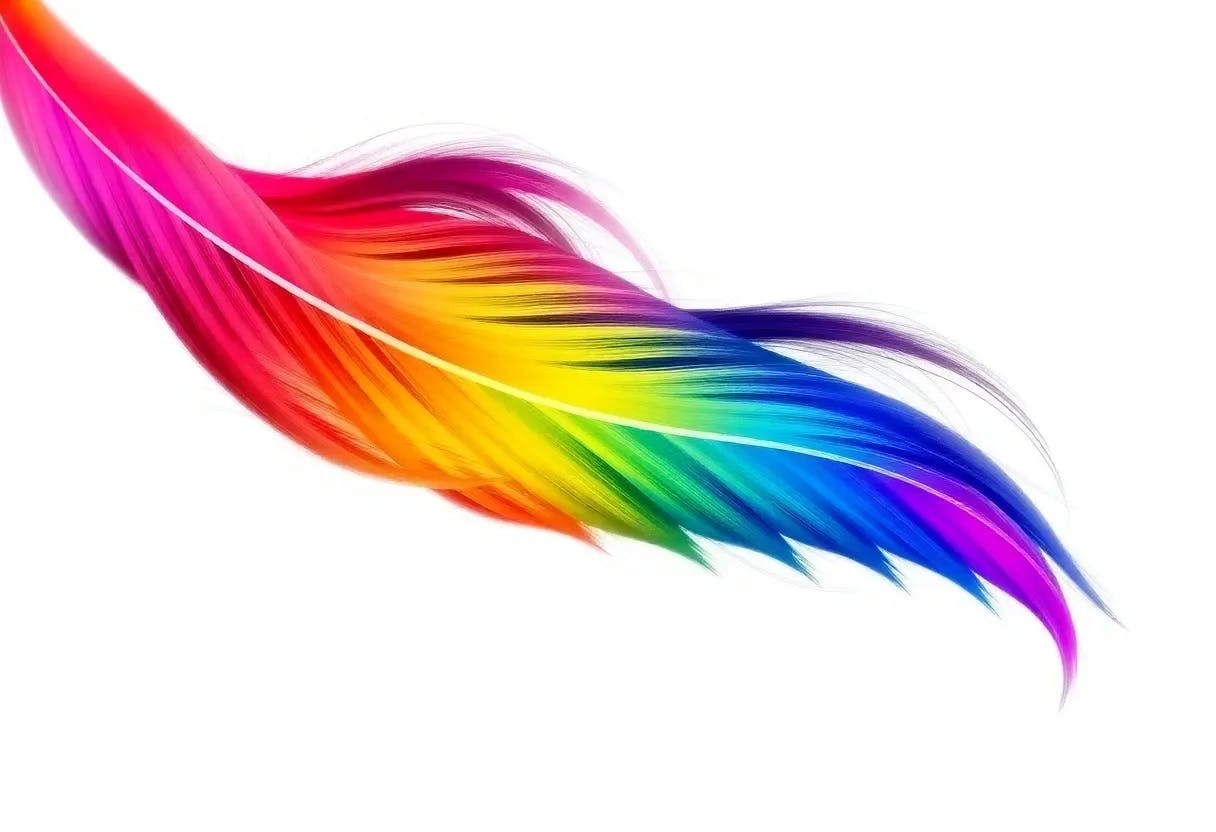NASA has named the next 10 members of its astronaut corps, and one of those 10 is a geologist with plenty of space research experience who hails from the Pacific Northwest.
Lauren Edgar — who regards Sammamish, Wash., as her hometown — is part of the first class of astronaut candidates in which the women outnumber the men. It’s also the first class to include someone who has already gone into orbit, and who set a spaceflight record to boot.
NASA’s Class of 2025 was introduced today at a ceremony conducted at Johnson Space Center in Houston, with members of Congress and other VIPs in attendance.
Acting NASA Administrator Sean Duffy noted that more than 8,000 people applied for this year’s spots. “We picked the best and the brightest, the most skilled, the best-looking, the best personalities to take these 10 spots,” he said. “One of these 10 could actually be one of the first Americans to put their boots on the Mars surface, which is very, very cool.”
Edgar, 40, said she was honored to be part of the class. She was born in Washington, D.C., but grew up in Sammamish and graduated from Skyline High School. After receiving her bachelor’s degree from Dartmouth College and her Ph.D. in geology from Caltech, Edgar went on to work at the U.S. Geological Survey and at NASA.
Her career highlights include leading USGS’ TARGET training program, supporting NASA’s Mars Science Laboratory and Mars Exploration Rover missions, and serving as the deputy principal investigator on the Artemis 3 Geology Team.
“Through these experiences, I’ve had a chance to see the amazing team that makes this all possible,” she said. “I just want to say I am so excited to be officially part of the NASA family, and can’t wait to be serving in this role along with all of my new classmates here.”
Edgar also admitted to a quirk or two during today’s Q&A. “I love to do handstands everywhere I go,” she said. “I grew up doing gymnastics, and I’ve always loved the outdoors, so it kind of evolved from ‘climb a mountain, do a handstand at the top.’ But it seems to have followed me everywhere around the world — on top of the mountains, on top of glaciers, the bottom of the Grand Canyon. Pretty much everywhere that I’ve gone, except on this stage today.”

Edgar’s classmates include:
Ben Bailey, 38, chief warrant officer 3, U.S. Army, was born and raised in Charlottesville, Va. He’s a U.S. Naval Test Pilot School graduate with more than 2,000 flight hours in more than 30 different rotary and fixed-wing aircraft.
Adam Fuhrmann, 35, major, U.S. Air Force, is from Leesburg, Va., and has accumulated more than 2,100 flight hours in 27 aircraft, including the F-16 and F-35. He has deployed in support of military operations in Afghanistan, logging 400 combat hours.
Cameron Jones, 35, major, U.S. Air Force, is a native of Savanna, Ill. He’s a test pilot with more than 1,600 flight hours in more than 30 different aircraft, including 150 combat hours.
Yuri Kubo, 40, is a native of Columbus, Ind. He spent 12 years working across various teams at SpaceX, including as launch director for Falcon 9 rocket launches, director of avionics for the Starshield program, and director of ground segment. At the time of his selection, Kubo was the senior vice president of engineering at Electric Hydrogen.
Rebecca Lawler, 38, is a native of Little Elm, Texas, and a former lieutenant commander in the U.S. Navy. She is a former Navy P-3 pilot and experimental test pilot with more than 2,800 flight hours in more than 45 aircraft. Lawler also flew as a National Oceanic and Atmospheric Administration hurricane hunter and during NASA’s Operation IceBridge. She was a test pilot for United Airlines at the time of her selection.
Anna Menon, 39, was born in Houston and has worked in Johnson Space Center’s Mission Control Center, supporting medical hardware and software aboard the International Space Station. In 2024, Menon went into orbit as a mission specialist and medical officer on the privately supported Polaris Dawn research mission. That mission saw a new female altitude record (870.35 miles, or 1,400.7 kilometers) and the first commercial spacewalk. At the time of her selection, Menon was a senior engineer at SpaceX.
Imelda Muller, 34, regards Copake Falls, N.Y., as her hometown. She formerly was a lieutenant in the U.S. Navy and served as an undersea medical officer. Her experience includes providing medical support during Navy operational diving training at NASA’s Neutral Buoyancy Laboratory. At the time of her selection, Muller was completing a residency in anesthesia at Johns Hopkins School of Medicine.
Erin Overcash, 34, lieutenant commander, U.S. Navy, is from Goshen, Ky. A U.S. Naval Test Pilot School graduate, Overcash is an experienced F/A-18E and F/A-18F Super Hornet pilot with multiple deployments. She has logged more than 1,300 flight hours in 20 aircraft, including 249 carrier-arrested landings. Overcash was part of the Navy’s World Class Athlete Program and trained full-time at the Olympic Training Center with the USA Rugby Women’s National Team.
Katherine Spies, 43, was born in San Diego. She is a former Marine Corps AH-1 attack helicopter pilot and experimental test pilot, with more than 2,000 flight hours in more than 30 different aircraft. At the time of her selection, Spies was the director of flight test engineering at Gulfstream Aerospace Corp.
NASA has now recruited 370 astronaut candidates since selecting the original Mercury Seven in 1959. This year’s candidates will go through years of training in preparation for future assignments that could well include trips to the moon as part of NASA’s Artemis program.
The Artemis 2 mission, due for launch next year, calls for sending a crew of four astronauts around the moon and back. That would set the stage for a follow-up crew to touch down on the lunar surface during the Artemis 3 mission, currently scheduled for mid-2027. A number of observers have questioned that timeline, and some have wondered whether the next astronauts to land on the moon will be Chinese rather than American.
Today, Duffy insisted that NASA will get there first.
“We are going back to the moon. This time we’re going to stay, And from what we learn on a mission to the moon, we’re going to go to Mars, and we’re going to go beyond, into the unknown,” he told the freshly minted astronaut candidates. “Now, some are challenging our leadership in space — say, like the Chinese. And I’ll just tell you this: I’ll be damned if the Chinese beat NASA, or beat America, back to the moon. We are going to win. We love challenges. We love competition. And we are going to win the second space race back to the moon, with all of you participating in that great effort.”










